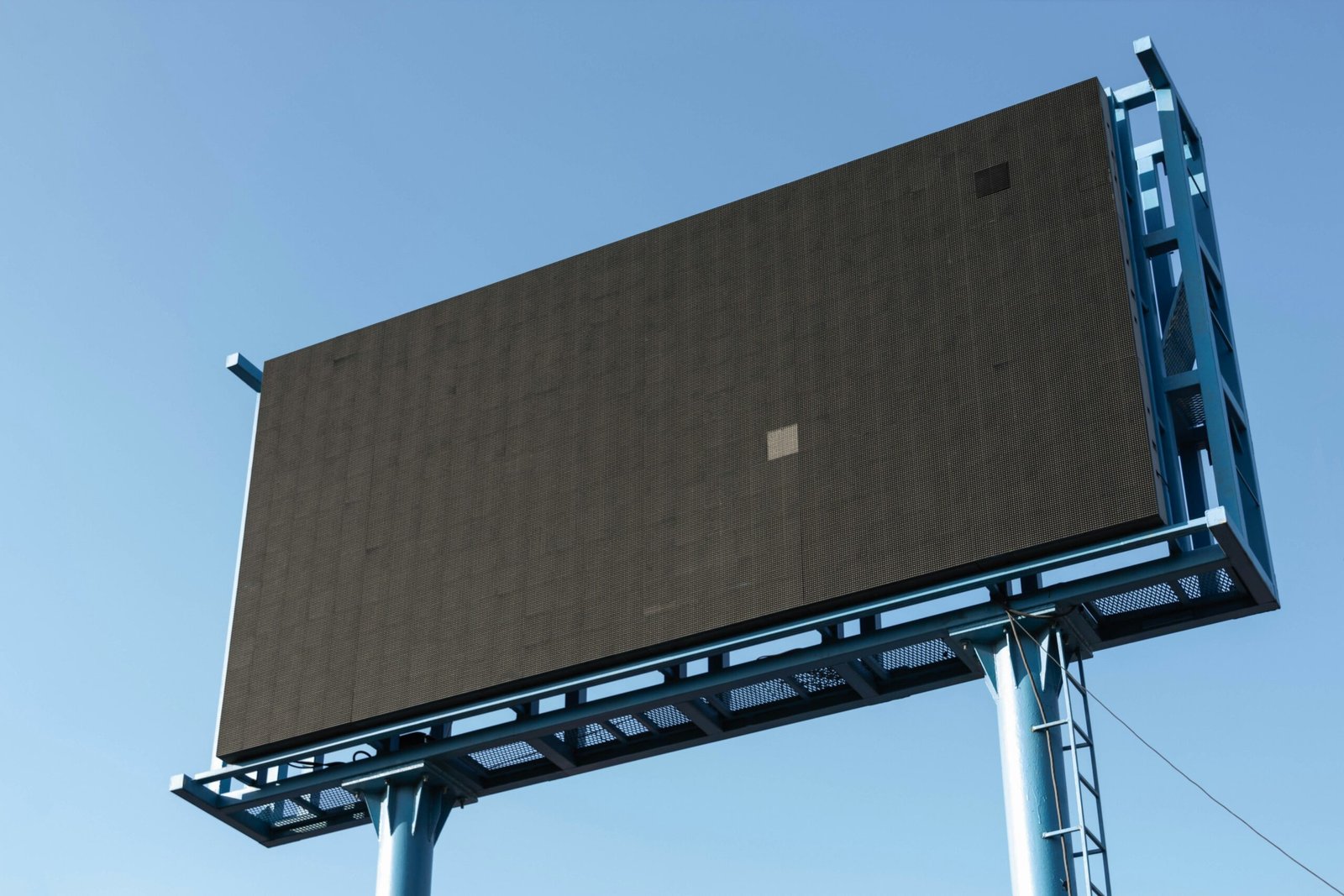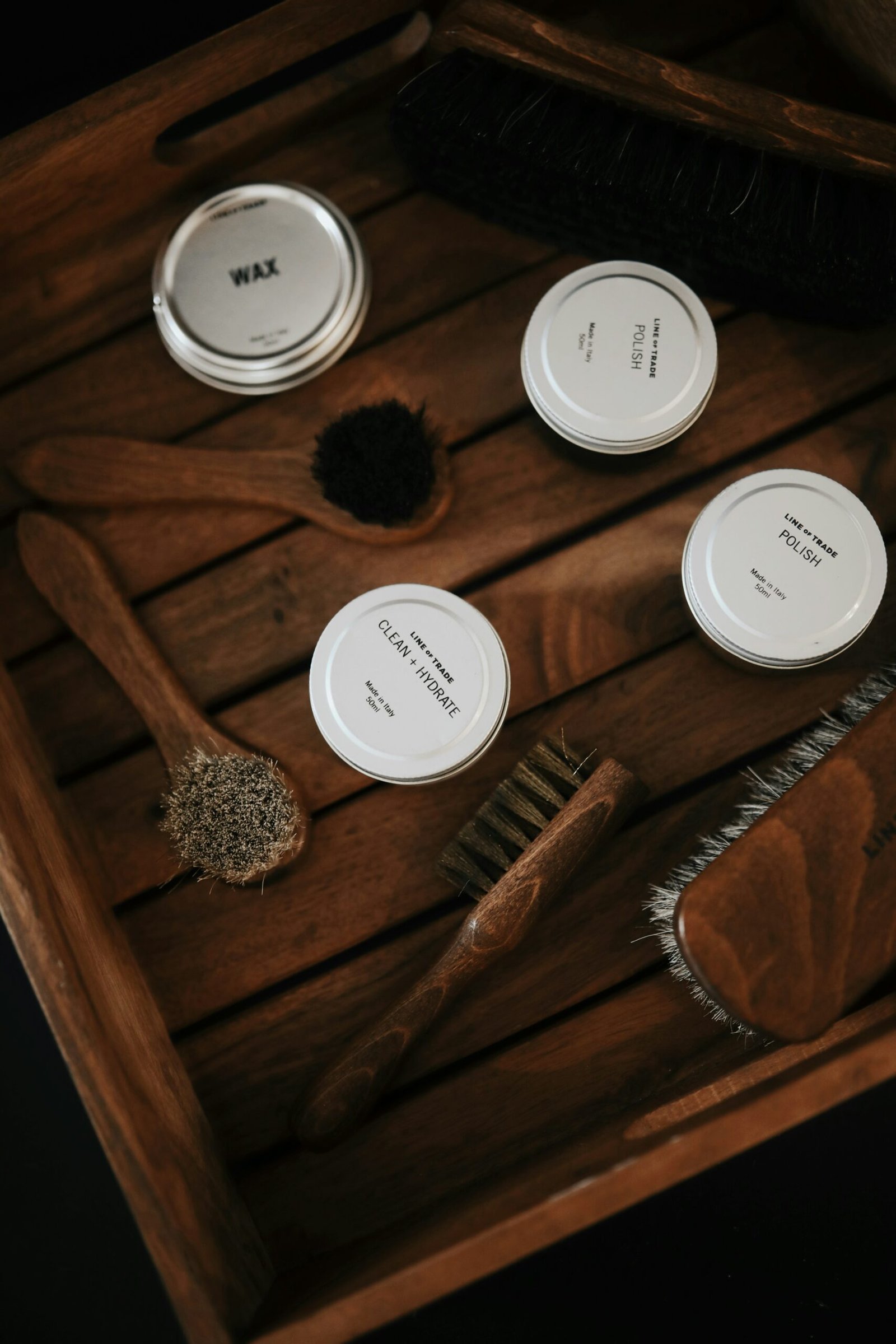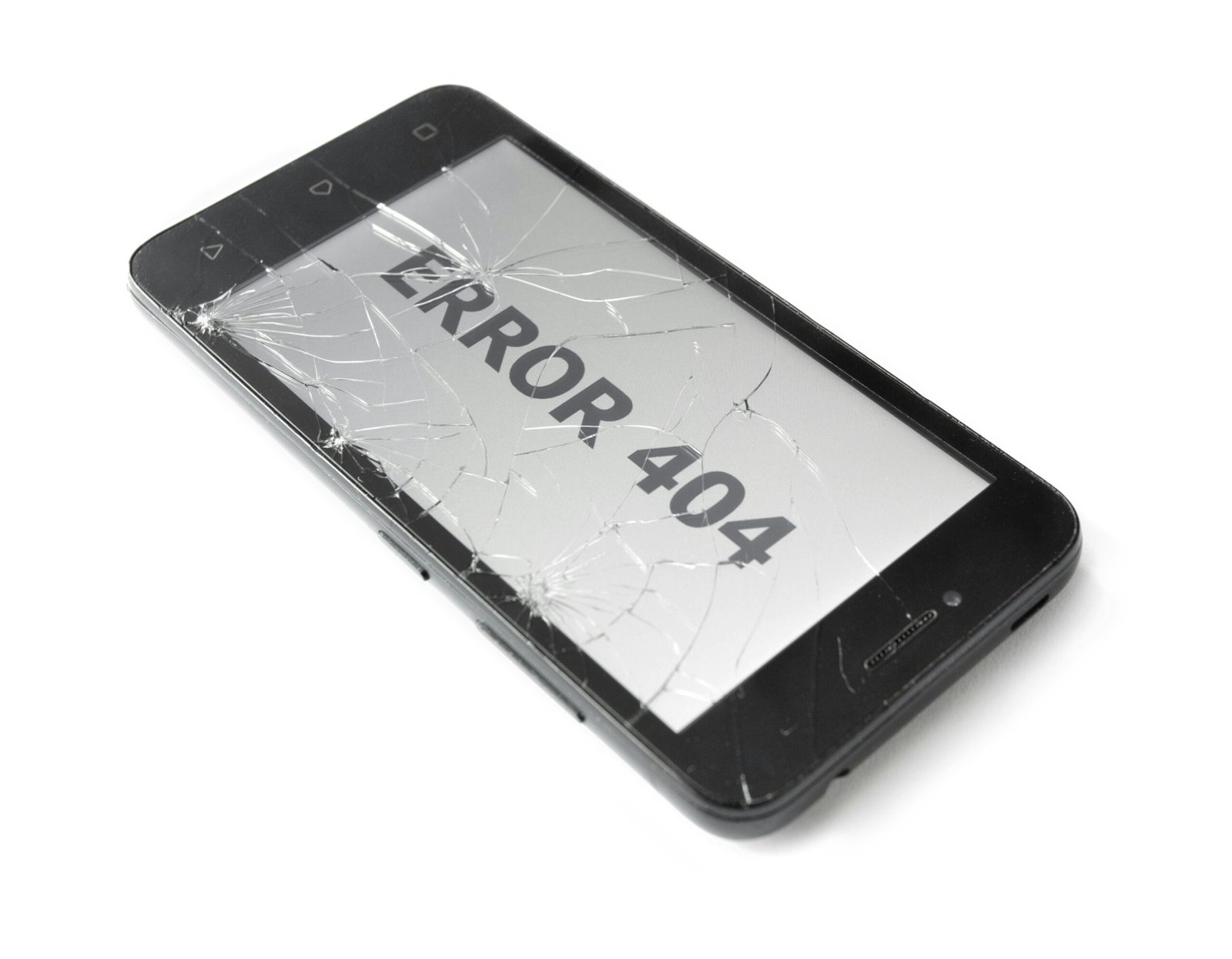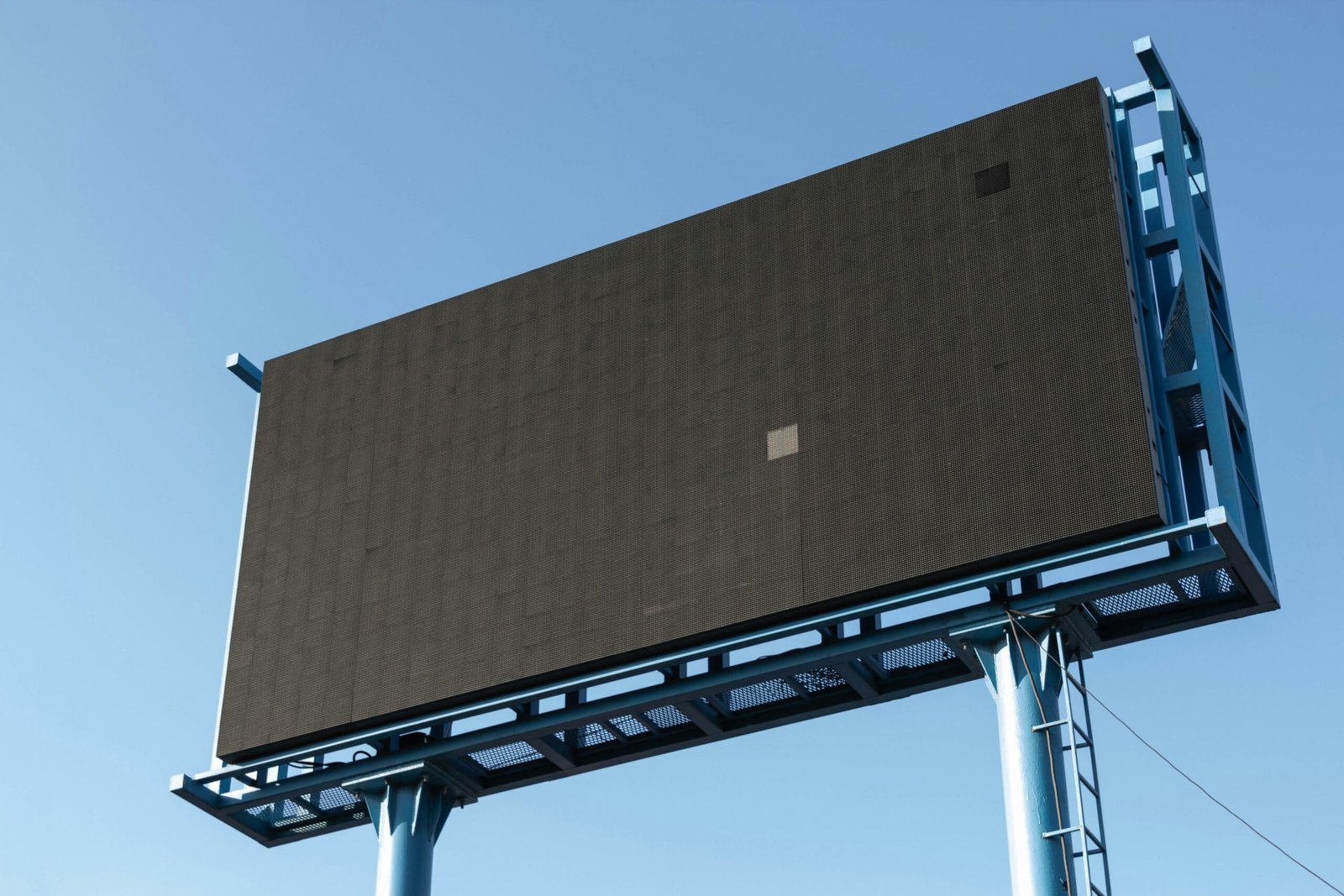How to Make Your Own LCD Cleaning Solution: A Detailed Guide
LCD screens are integral parts of various digital devices, ranging from televisions and smartphones to computers and cameras. Due to daily usage, these screens accumulate dust, fingerprints, and other residues, prompting the need for regular cleaning. However, maintaining these delicate surfaces requires a thoughtful approach to prevent any unintended damage. It is crucial to avoid common pitfalls, such as utilizing harsh chemicals, abrasive materials, or excessive moisture, which can result in streaks, scratches, or permanent damage to the screen.
The importance of using a specially formulated LCD cleaning solution cannot be overstated. Ordinary household cleaners often contain ammonia or alcohol, substances too harsh for the sensitive surface of an LCD screen. These chemicals can strip away anti-reflective coatings, leading to diminished image quality or even rendering the screen unusable. Furthermore, abrasive materials like paper towels or rough cloths can leave microscopic scratches that accumulate over time, degrading the screen’s clarity and aesthetic appeal.
To mitigate these risks, a dedicated LCD cleaning solution, typically composed of gentle agents that safely dissolve dirt and oils without affecting the screen’s integrity, is recommended. These solutions are designed to be non-corrosive and non-abrasive, ensuring that your screens remain as pristine as when you first acquired them. Additionally, using the appropriate cleaning tools, such as microfiber cloths, can further protect your screens from physical damage during the cleaning process.
By understanding the critical importance of proper LCD screen maintenance and the potential hazards posed by inappropriate cleaning materials and methods, you can ensure that your screens remain spotless, clear, and functional. In the subsequent sections, we will guide you through how to create your own effective, safe LCD cleaning solution, which will enable you to maintain your digital devices with confidence and care.
Ingredients Needed for LCD Cleaning Solution
Creating an effective and safe LCD cleaning solution requires a few specific ingredients, primarily distilled water and isopropyl alcohol. Distilled water is preferred over tap water because it is free from impurities and minerals that could leave residue or streaks on the screen. This ensures a spotless finish. Isopropyl alcohol is desirable for its excellent cleaning properties. It evaporates quickly, minimizing the risk of moisture damage to electronic components, and is potent enough to dissolve oils, fingerprints, and grime without harming the LCD screen.
The recommended ratio for creating this LCD cleaning solution is typically 50:50, meaning equal parts distilled water and isopropyl alcohol. This mixture effectively balances the cleaning power of isopropyl alcohol with the gentleness of distilled water, ensuring that screens are cleaned without damage. For example, if you are using 100 milliliters of distilled water, you should mix it with 100 milliliters of isopropyl alcohol for optimal results.
In cases where isopropyl alcohol is not available, white vinegar can be a suitable alternative. While it is less potent than isopropyl alcohol, vinegar still possesses antiseptic properties that can break down dirt and oils. Mix one part distilled water with one part white vinegar to form a substitute cleaning solution.
For those who may be sensitive to vinegar or unable to acquire it, a soft cloth dampened with distilled water alone can suffice for light cleaning tasks. This method is less effective against heavy grease or grime but remains a gentle and safe option for regular maintenance.
By combining these readily available ingredients, individuals can create a cost-effective and efficient LCD cleaning solution. This not only extends the life and performance of devices but also ensures screens are consistently clear and free from residues. With careful preparation and usage, maintaining an impeccable display has never been easier.
Step-by-Step Guide to Making the Cleaning Solution
Creating your own LCD cleaning solution is a straightforward process, but it is essential to follow the steps correctly to ensure the solution is safe and effective. Below, we provide a detailed guide to help you through the process. Remember, safety first: wear gloves and work in a well-ventilated area to avoid inhaling any fumes.
Ingredients and Materials
Before starting, gather the following ingredients and materials:
- Distilled water (1 cup)
- Isopropyl alcohol (70% solution, 1 cup)
- A clean spray bottle
- Measuring cups
- Funnel (optional, for ease of pouring)
- Protective gloves
Step-by-Step Instructions
Step 1: Preparation
Before mixing the ingredients, ensure your work area is clean and free from dust. Wear gloves to protect your skin from the alcohol. Working in a well-ventilated area is crucial to prevent inhalation of any fumes from the isopropyl alcohol.
Step 2: Measure the Ingredients
Using the measuring cups, measure one cup of distilled water and one cup of isopropyl alcohol. It’s essential to use isopropyl alcohol with a 70% concentration; higher concentrations may damage the LCD screen, while lower concentrations might not be as effective.
Step 3: Mixing the Solution
In the clean spray bottle, combine the distilled water and isopropyl alcohol. If you are using a funnel, place it in the neck of the spray bottle to make pouring easier. Gently swirl the bottle to mix the ingredients. Avoid shaking vigorously to prevent bubbles from forming.
Step 4: Label the Bottle
Label the spray bottle with the contents and date of preparation. This step is vital for safety, ensuring that the solution is clearly identifiable and stays organized.
Storage Tips
Store your DIY LCD cleaning solution in a cool, dry place away from direct sunlight. Exposure to heat or light can degrade the solution, reducing its effectiveness. Ensure the spray bottle is tightly sealed to prevent evaporation. When stored properly, the solution can last for several months.
By following these steps, you can create an effective LCD cleaning solution that is both safe and cost-efficient. Happy cleaning!
Proper Application Techniques for LCD Cleaning
Utilizing a homemade LCD cleaning solution offers an efficient and cost-effective way to maintain the clarity and longevity of your screens. However, the efficacy of the solution largely depends on the proper application methods. Using a microfiber cloth is highly recommended due to its non-abrasive nature, which is essential for avoiding scratches on the delicate surface of LCD screens.
Start by ensuring the LCD screen is turned off; this will not only provide a clearer view of dust and smudges but also protect the screen from potential damage. Lightly spray the homemade cleaning solution onto a microfiber cloth rather than directly onto the screen. Direct application can cause excess fluid to seep into the edges of the screen, leading to potential internal damage.
Once the cloth is damp, gently wipe the screen in a circular motion. This technique helps in effectively removing dust and streaks without exerting pressure that could damage the display. Pay attention to stubborn spots; instead of rubbing hard, let the damp cloth sit on the spot for a moment and then lightly wipe.
To maintain clarity and prevent over-cleaning, it is advisable to clean LCD screens no more than once a week. Over-cleaning can lead to unwanted streaks and hastened wear of the screen’s surface. For daily maintenance, simply dust the screen with a dry microfiber cloth.
Be alert for potential issues such as residual streaks or spots, which can be common with homemade solutions. If streaks occur, lightly buff the area with a dry part of the cloth. To avoid spots, ensure the cloth is not overly saturated with the cleaning solution.
Following these best practices for applying your homemade LCD cleaning solution will help you maintain your screens’ clarity and longevity, ensuring they remain in optimal condition for years to come.






